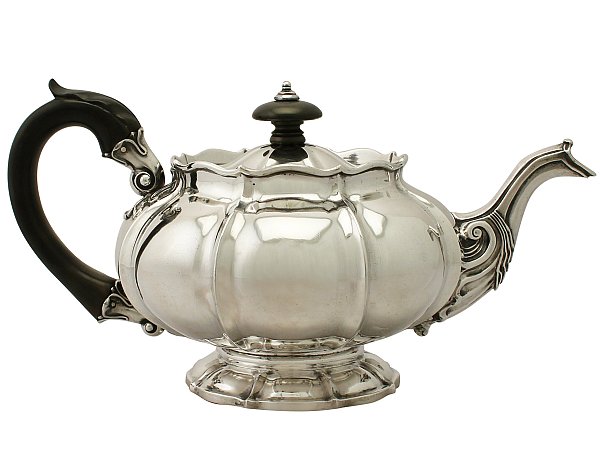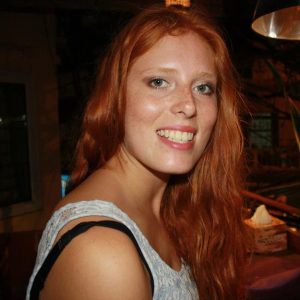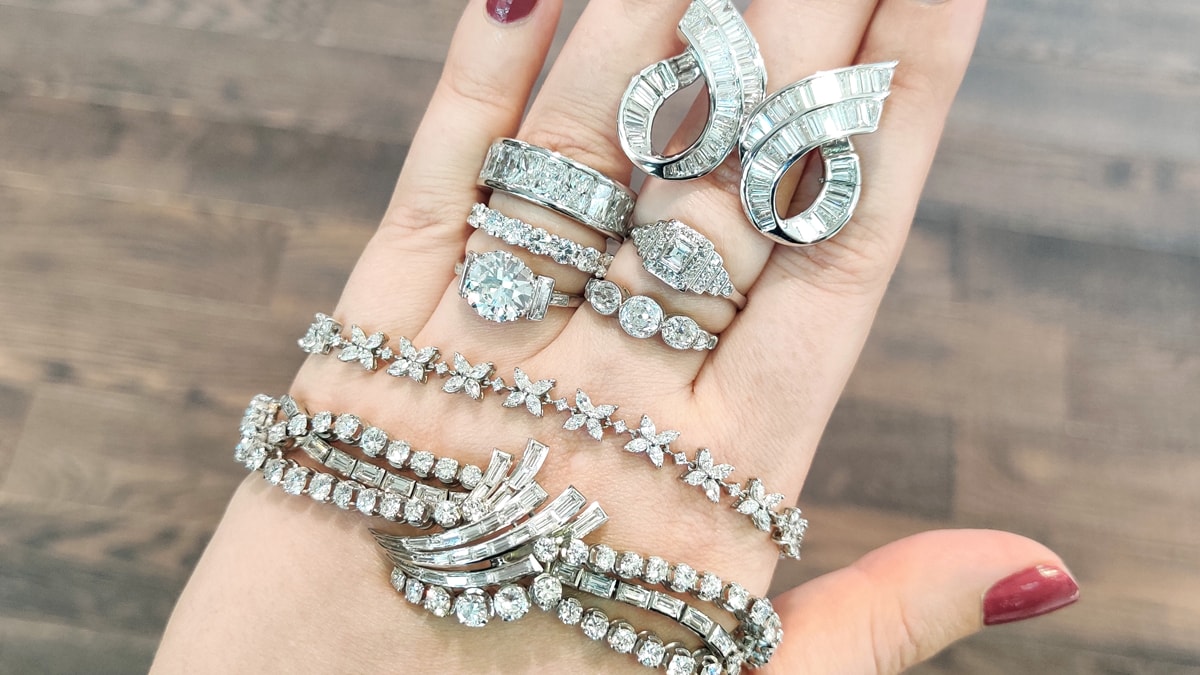
If you have one teapotAnd can brew your tea in itThat will do quite well.How much does he lack himselfWho must have a lot of things?
– Sen No Rikyu
The key to using your silver teapot is frequency; the more you use it the better it will look! In fact if used frequently and cleaned properly, (for help with cleaning your silver teapot click here), older silver can often look better than newer silver.
It is worth knowing a bit about the properties of silver that specifically apply to your silver teapot. Silver is the metal with the highest thermal conductivity. This means you must be careful when handling your brewing silver teapot; it is easier to burn yourself on silver than on clay. Another result of silver having the highest thermal conductivity is that tea leaves will be brewed at a higher temperature in a silver teapot, compared to other teapots. The higher the temperature of the water, the more the teal eaves will release their flavours in the brew.
Some think that tea tastes better in a silver teapot, and perhaps this is the case due to the higher water temperature. However, the material of the teapot is actually neutral when it comes to taste. This is because, according to its chemical properties, silver is actually stable in water. Thus, no taste is added whatsoever. Perhaps the better taste stemming from the silver teapot is in comparison to ceramic teapots that do affect taste; the brew from a silver teapot is conceivably more true to the taste of the tea leaves.

The general consensus when deciding which tea leaves to use when brewing with your silver teapot is to use your best tea leaves, specifically fresh teas with little roasting will function best, but try to refrain from overloading. This goes back to the intense flavour that is released in higher water temperatures- you don’t want a bitter taste!

So, you’re ready to use your silver teapot, what is the first step? Be sure to first warm the teapot by filling it with hot water. After a little while empty the hot water from the silver teapot. Then put the tea in the pot (making sure to use your finest tealeaves for the optimum taste), and cover the leaves with boiling water. This small initial step, although it may seem a bit precious, is crucial; this is because too sudden a temperature change can crack the pot. Wait for your tea to brew for a few minutes, or however strong you prefer your tea to be, and then pour. Another bonus feature of the silver teapot is that it retains heat for longer, therefore no cold tea for you! Once you’ve enjoyed your delicious brew, be sure to clean out your teapot properly so as to keep your beautiful silver teapot in presentation condition.
Happy brewing!







6 Responses
further to my earlier message, this is the article with the pic,,, my teapot is the one on the left, i also bought another teapot like the one on the right but it doesn’t have any feet, just curious to find out more about them as a beginning collector, thanks
https://blog.acsilver.co.uk/2017/08/03/use-silver-teapot/
Why does a silver teapot crack
It would be a rare occasion that a silver teapot would crack. If yours has suffered damage it may be worth speaking to a silversmith local to yourself for advice and potential repair.
The item on the right is a Queen Anne style teapot.
Queen Anne teapots are a very specific style, which is reproduced frequently, and has been in fashion over many eras. In the Edwardian era, it was common for teapots to be created in the Queen Anne style, although Queen Anne herself was actually reigning in 1702.
The most common feature of the Queen Anne Teapot is the delicate fluting which often surrounds the body of the teapot. The motif of the Queen Anne style was to use vertical lines to draw the attention to the height of the piece, and with silverware in particular, this results in simple embossed fluting to the lower half of the body, and delicate ornamentation.
Hope this helps
If silver is a better conductor of heat than ceramic, does it not stand to reason that when you pour heated water into the silver teapot the water will cool faster than in a ceramic teapot? That is, the heat of the water will pass through the silver to the surrounding air more easily. That’s why touching a silver pot is more dangerous than touching a ceramic pot, as you correctly warn.
As to imparting flavor, it may be that silver is neutral in water (does not combine) but the interior of my antique silver teapot has a distinctive metallic aroma that I imagine will affect the flavor of the tea I plan to brew in it. Do you know a way to remove that odor harmlessly?
Thanks for your help.
Hi Kenneth,
In terms of which would cool faster, we would have to conduct an experiment. Will update you once we have done this :). We recommend thoroughly drying the inside, brew the tea and enjoy. We sell many teapots on a daily/ weekly basis with very positive feedback. Give it a try 🙂